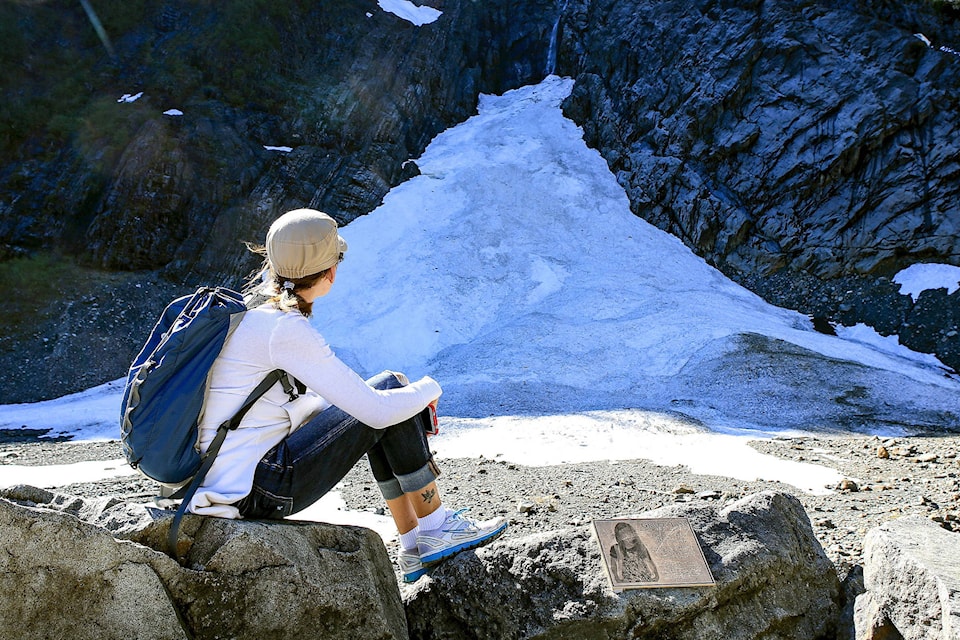A series of winter storms since the start of the year have created a complex snowpack in many of British Columbia’s backcountry recreation areas.
There is considerable risk of natural and human-caused avalanches, and search-and-rescue teams have responded to more than 160 incidents since Jan. 1.
Environment Canada is tracking a storm that could potentially bring snow to the South Coast and the southern Interior this weekend, followed by a sharp decrease in temperature that will affect much of the province.
Anyone exploring the trails, mountains and backcountry areas of British Columbia must be prepared to take care of themselves and their companions with suitable equipment, first-aid supplies and an awareness of the risks.
Outdoor enthusiasts are urged to exercise caution and follow these important safety tips:
- Never travel alone.
- Planning ahead is a must. Before heading outdoors, leave a trip plan with family or friends and stick to that plan. For a printable copy, please visit: www.adventuresmart.ca/tripplanning/planning.htm
- Be prepared for the elements with the essentials - such as extra water, layers of clothing, a shelter and something to start a fire with for warmth overnight: www.adventuresmart.ca/land/survive-essentials.htm
- Carry a signaling device (such as a whistle) so that searchers can find you even if they cannot see you, as well as communication and navigation devices, such as a fully charged cellphone, compass and/or GPS unit.
- Do not venture out of bounds or away from marked trails.
- Be aware of how far you have gone, and when you need to turn back to avoid hiking in the dark. Be aware of the time the sun sets, and always carry a flashlight just in case.
- If you become lost, do not keep moving. Stay put and wait for help. Do not presume by moving downhill that you will get back on track. This can lead you into dangerous terrain.
- Take conditions into account and plan appropriately. Err on the side of caution. Learn more about avalanche safety and risks, and get the most recent bulletin and weather forecast at: www.avalanche.ca and www.avalanche.ca/weather
- * Everyone who takes part in a backcountry outing needs avalanche training with proper equipment, including a shovel, a probe and a transceiver. More information on training and safety equipment is available online: www.avalanche.ca
- * For real-time, specific information on local conditions, visit the Mountain Information Network: https://www.avalanche.ca/mountain-information-network
Staying Warm:
Avoid hypothermia by remembering the acronym COLD:
- Cover: wear a scarf, hat or toque, mittens or gloves and even a balaclava if necessary.
- Overexertion: avoid activities that will make you sweat a lot. The combination of wet clothing and cold weather can cause you to lose body heat more quickly.
- Layers: wear loose-fitting, layered, lightweight clothing. Wool or silk are great choices. Outer clothing made of tightly woven, water-repellent material is best to protect against the wind.
- Dry: remove wet clothing as soon as possible. Be especially careful to keep your hands and feet dry, as snow easily gets into mittens and boots.
- You should also know the signs of hypothermia. They include constant shivering, confusion, poor decision-making (such as trying to remove warm clothes), drowsiness and shallow breathing. More information is available from the Canadian Red Cross: http://ow.ly/W7gK307cqCW.
To report a typo, email:
newstips@vernonmorningstar.com.
@VernonNews
newstips@vernonmorningstar.com
Like us on Facebook and follow us on Twitter.
